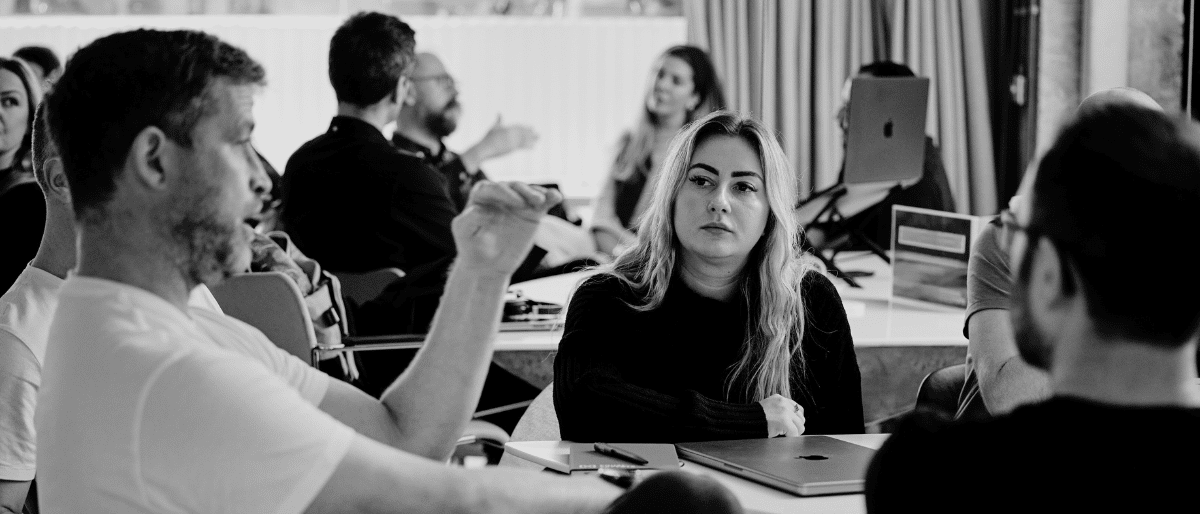

Ticket hell can cripple your platform engineering efforts by creating bottlenecks and frustration for your teams. By transitioning to self-service capabilities, you can unlock higher internal customer value and empower your teams to innovate.
August 15, 2024https://www.equalexperts.com/blog/our-thinking/how-to-overcome-technology-anarchy-with-aligned-autonomy/How to overcome technology anarchy with aligned autonomyTechnology anarchy happens when your platform engineering efforts allow teams to make radically different technology choices. By fostering aligned autonomy, you can cut down on inefficiencies and cognitive load, and empower teams to innovate
August 6, 2024https://www.equalexperts.com/blog/our-thinking/why-kubernetes-kafka-or-istio-can-derail-your-platform-engineering-efforts/Why Kubernetes, Kafka, or Istio can derail your platform engineering effortsIn platform engineering, power tools like Kubernetes, Kafka, and Istio can lead to a spiral of increasing costs and operational headaches. By transitioning to lighter, more manageable solutions, organizations can maintain high internal customer value while reducing costs.
July 22, 2024https://www.equalexperts.com/blog/ee-life/introducing-the-advice-process-playbook/Introducing the Advice Process PlaybookOctober 18, 2019https://www.equalexperts.com/blog/our-thinking/summertime-living-ee/Summertime, and the living is EEJuly 14, 2016